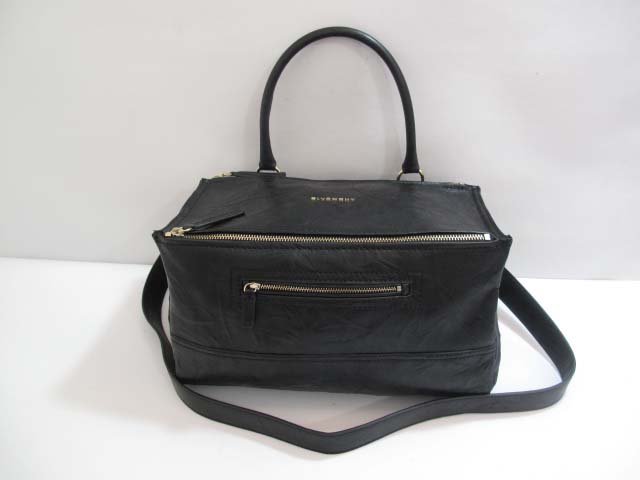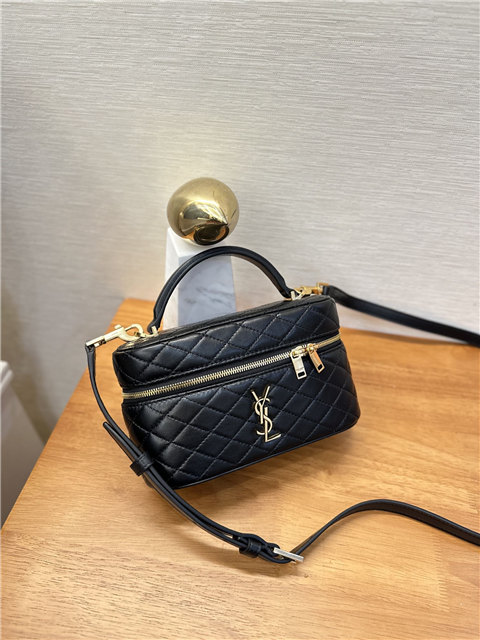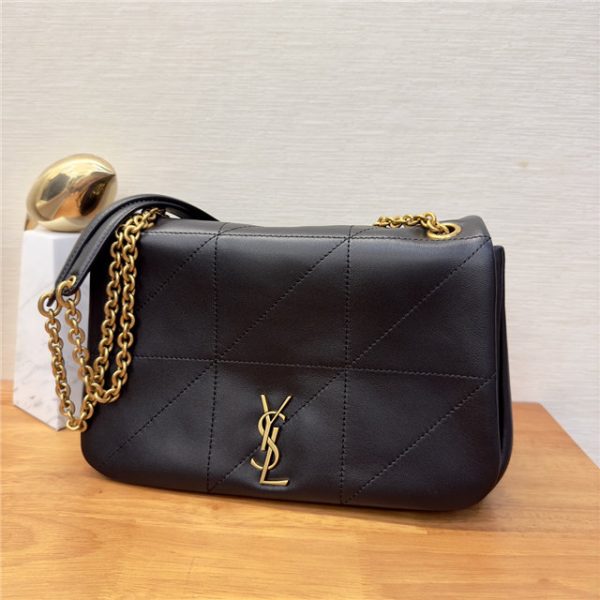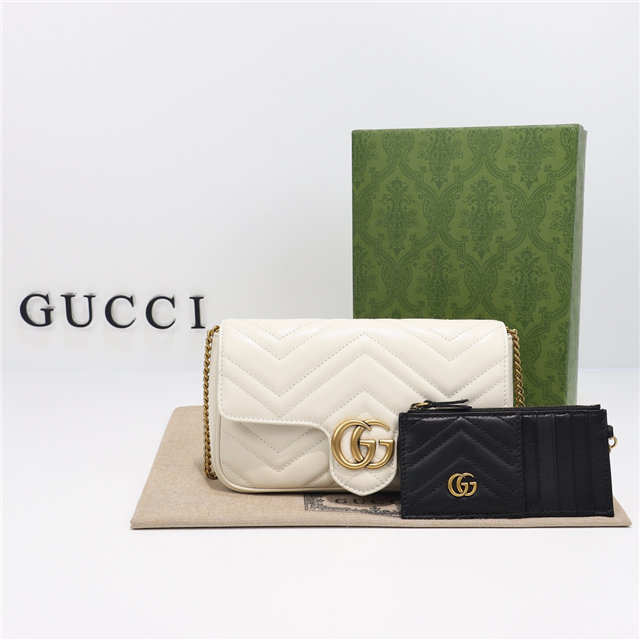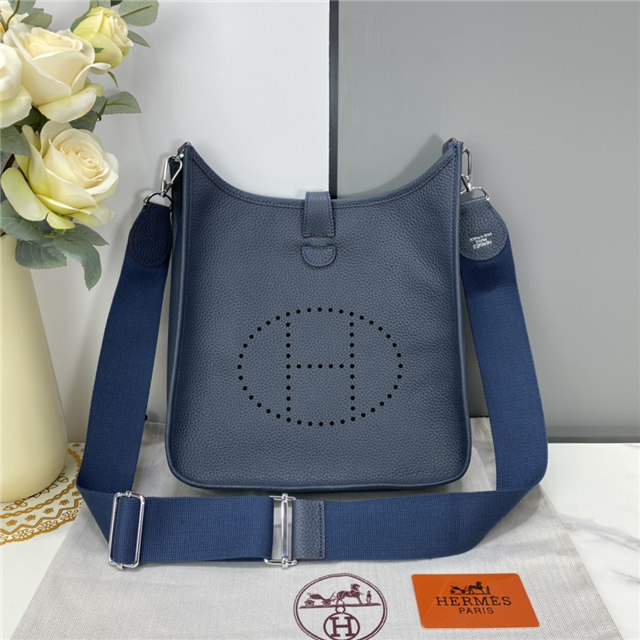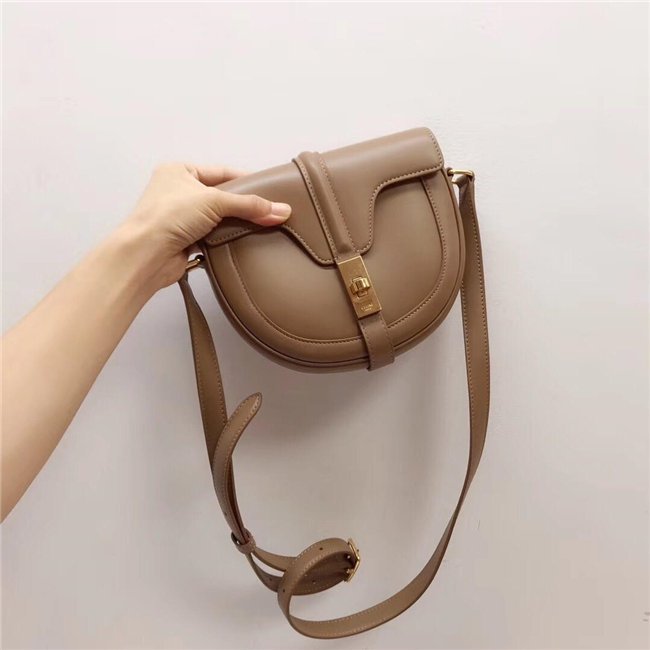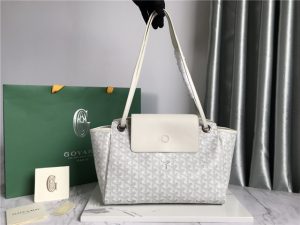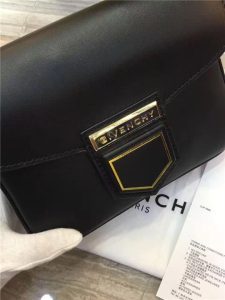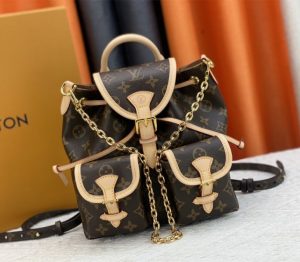First off, let’s tackle the watch. I gotta say, spotting a fake Casio watch can be a real pain in the… well, you know. But there are a few things you can look for.
The easiest, and honestly, the smartest thing to do, is buy from a legit store. Like, an authorized retailer. I know, I know, that sounds obvious, but seriously, it’s the best way to make sure you’re not getting ripped off. Don’t be tempted by that crazy-low price on some dodgy website you’ve never heard of. Trust me on this one.
Packaging is another good one. A real Casio watch is gonna come in a nice, sturdy box with the logo and everything. If it’s just slapped into some flimsy cardboard thing, alarm bells should be ringing. And, like, check the spelling! I’ve seen some hilarious misspellings on fake stuff over the years. It’s kinda sad, but also kinda funny.
Also, that button test? Apparently, some of the G-Shocks have this thing where you can press three buttons at the same time and something cool happens. If yours doesn’t do that, it could be a red flag. But tbh, I’ve never actually tried this myself. Just something I read, ya know?
Now, for the calculators. Oh boy, fake calculators. These are just… annoying. They try so hard to be real, it’s almost impressive. But they’re usually cheap and nasty.
One big thing with calculators is the QR code. Like, some fakes can’t even *make* a QR code. That’s a pretty big giveaway, right? And if it *does* have one, try scanning it. If it takes you to some weird website or, worse, doesn’t work at all, yeah, it’s probably a fake. I mean, you’d expect a Casio calculator to lead you to Casio, right? Common sense, people!
Appearance-wise, fake calculators often look… off. The plastic might feel cheap, the buttons might be wobbly, the screen might be dim. It’s hard to describe, but you kinda get a feeling, you know? It just doesn’t have that *quality* feel of a real Casio. I’ve seen some where the printing is, like, crooked, or the numbers are faded. It’s just lazy.




